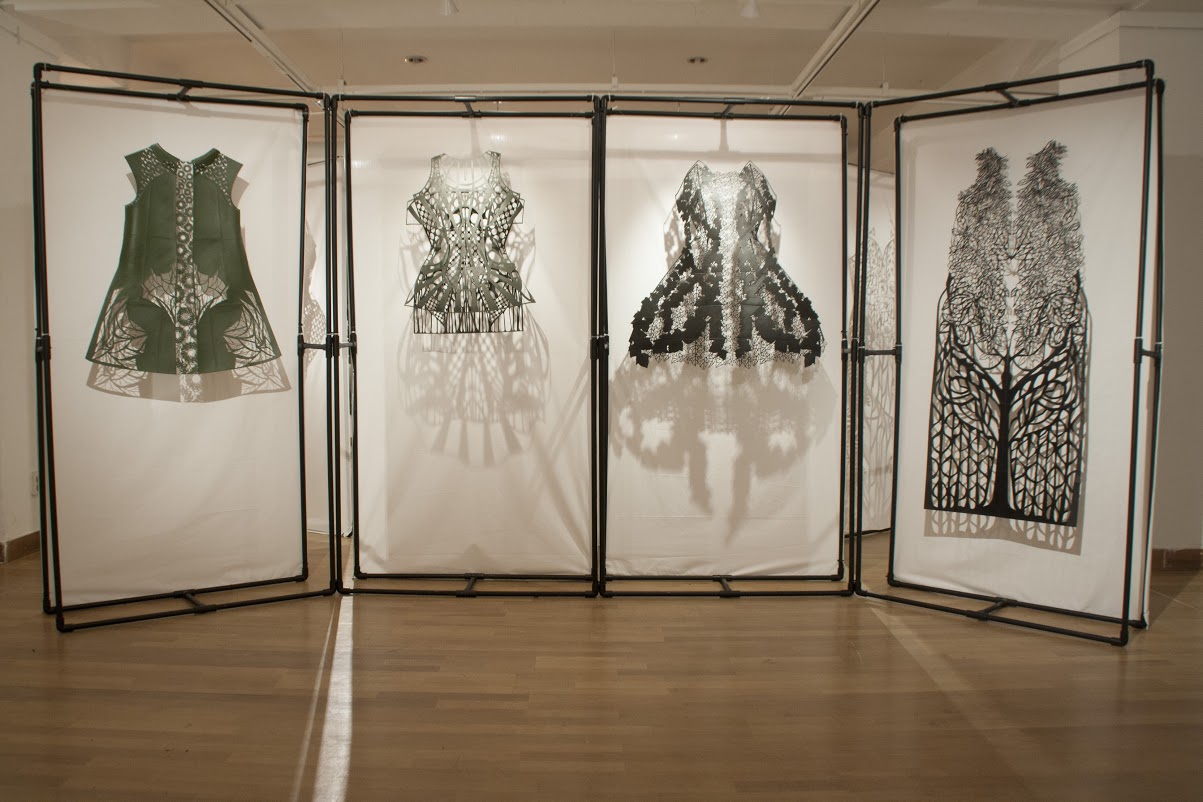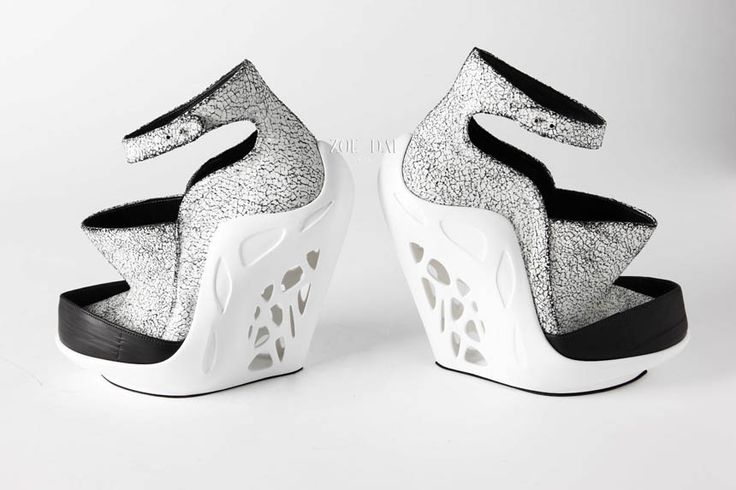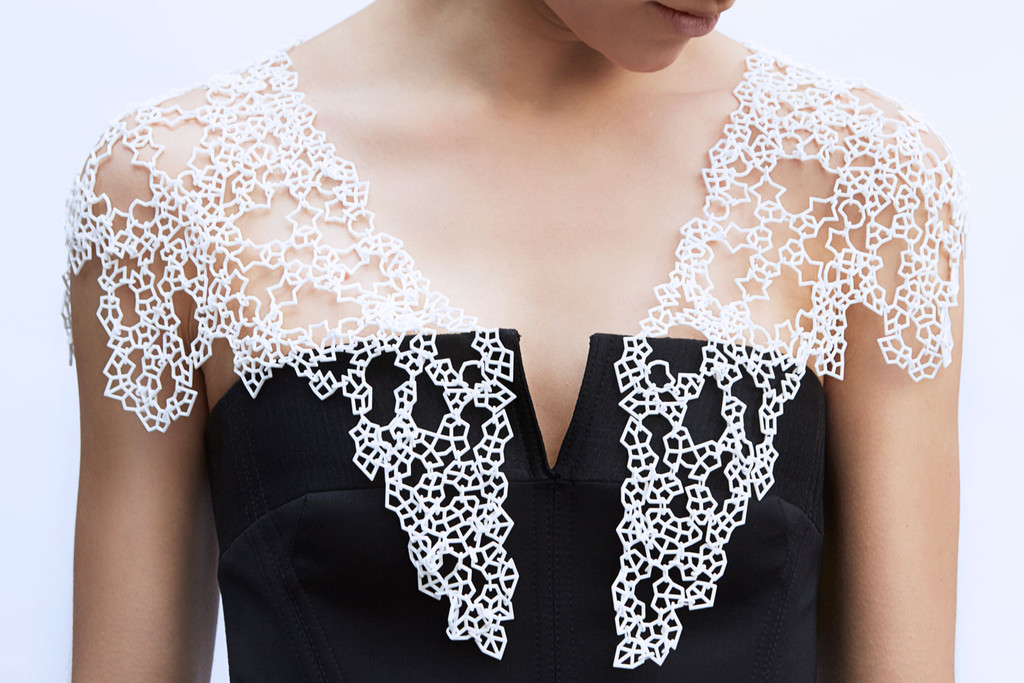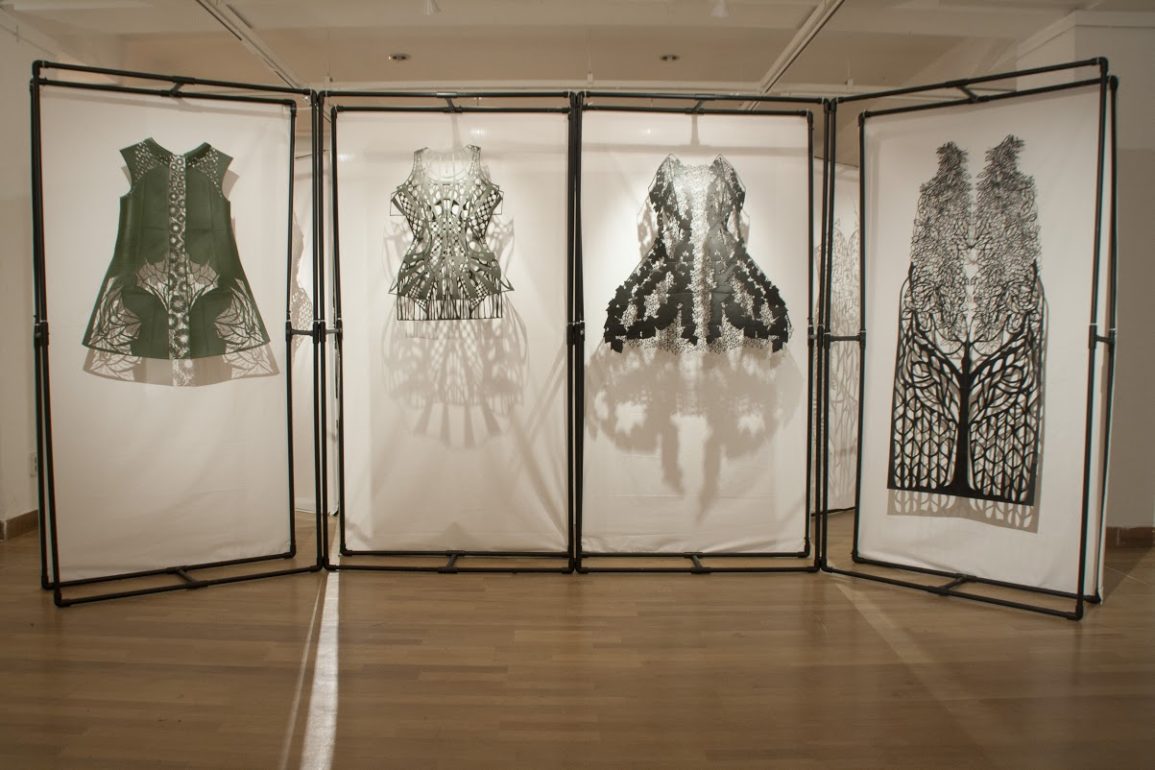With cloud services like Google Drive, Dropbox and iCloud enabling a paperless and environmentally sustainable living, many companies like Kodak and Brother have quit the printer business. However, it seems like the fashion industry is giving them a huge incentive to consider making a comeback, one that future generations will regard as an important force in fashion today: welcome to 3-D printing. 3-D printers facilitate customization, are highly functional, inexpensive and sustainable. As a fashion enthusiast, what piques my interest is that 3-D printers may result in the death of fast fashion.

Although fast fashion is universally appealing, it has resulted in the idea that ‘sustainable fashion’ is less of a reality and more of an oxymoron. The low prices of fast fashion merchandise are possible because these businesses thrive on high volume, resulting in an extensive use of dwindling resources that contribute to climate change. With sustainability becoming a hot topic in the realm of fashion, many consumers are increasingly becoming aware of why it is important to use resources in a way that does not impoverish the planet for future generations. 3-D printing serves as an alternative to disposable fashion without coming at a cost to the environment. Fabric is printed and ready to wear, without the need for rolling it out by the meter, cutting and stitching, aspects that usually result in wastage. Packaging and shipping are also drastically alleviated.
Custom-tailored clothing is often associated with couture, costing thousands of dollars, ergo considered unaffordable. Personalized products made from 3-D printers function as a bridge between haute couture and mass-produced merchandise, because of the reasonable pricing ($350 for a Constrvct sheath dress). Exact sizing, appliqué options, embroidery, sleeves and length, are some customizable aspects that brands/ designers offer. Zoe Jia-Yu Dai is a shoe designer who designs custom shoes based on the anatomical information of the client’s foot and weight of the wearer. “3-D printing allows me to push the limits of design structures, something that cannot be achieved with traditional mechanisms,” she says. Although currently used for prototyping because of the limitation on the materials that can be used, once the technology develops further, I foresee that 3-D printing will definitely be used extensively.

A fully functional 3-D printer starts from $1,400. Hats, shoes, jewellery, handbags and an array of accessories can be made at the comfort of one’s own home, using sourced materials and the design code for the printer. Materials that are used in 3-D printers are more breathable; production method is cheaper, faster and efficient. This is a revolution for businesses, especially individuals and small brands, because there are no longer restrictions such as minimum order or lead-time. On the flip side, legal issues over copyrights and counterfeits are going to be a challenge. With the growth and embrace of 3-D printing, an estimated 2 billion jobs in the fashion manufacturing industry will be rendered obsolete.
If I look back at 2015, say 100 years from now, it is going to be paradoxical to see that technology put an end to fast fashion, given how heavily fast fashion relies on technology.

Written by Namrata Loka, MA Fashion Journalism. Originally posted in Vanilla Sequins and Miraya.
This content was produced by Academy of Art University MA Fashion Journalism students as part of their Fashion Journalism coursework.



